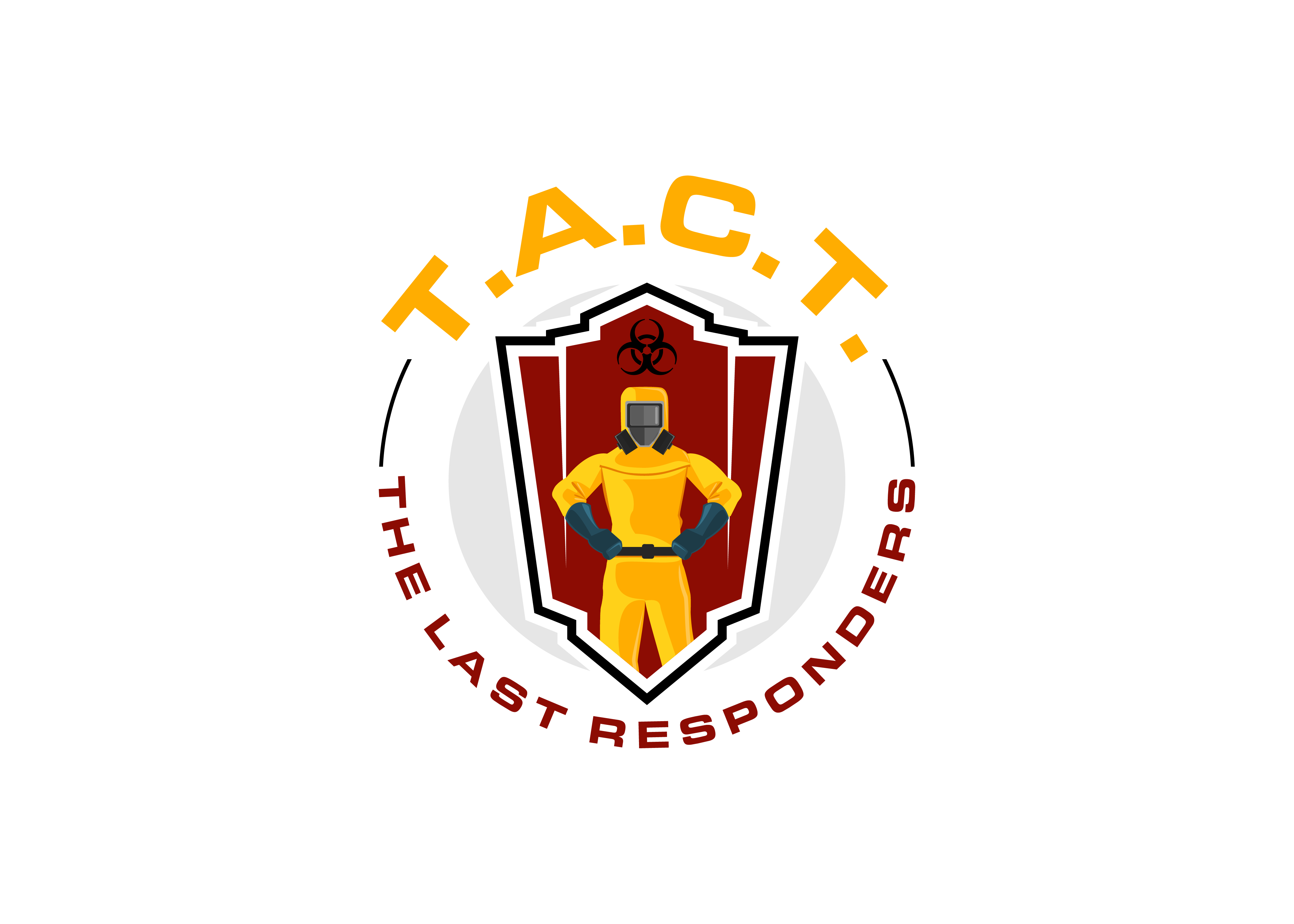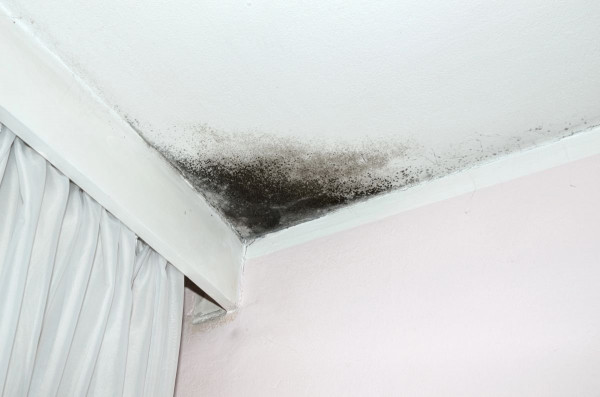The Ultimate Guide to Managing After Hoarding Clean Up


T.A.C.T. Detroit:
The Ultimate Guide to Managing
After Hoarding Clean Up
Hoarding clean up can be a challenging and emotionally draining process, but the real work often begins after the clutter has been removed. Managing the aftermath of hoarding clean up is crucial to maintaining a clean and organized living space. In this ultimate guide, we will explore effective strategies, tips, and best practices for managing the aftermath of hoarding clean up.

One of the key aspects of hoarding clean up aftermath management is creating a plan to prevent clutter from building up again. This may involve setting up a regular cleaning schedule, decluttering on a consistent basis, and implementing organizational systems to keep things in order. By staying proactive and vigilant, you can avoid falling back into old habits and ensure that your home remains clutter-free.
When managing hoarding clean up aftermath, it's important to establish clear boundaries and rules for yourself and others in your household. This may involve setting limits on the number of items you can keep, creating designated storage areas for specific items, and enforcing a "one in, one out" policy to prevent new clutter from entering your home. By establishing and maintaining these boundaries, you can create a sense of order and control in your living space.
Effective hoarding clean up aftermath strategies also include addressing any underlying issues that may have contributed to the hoarding behavior in the first place. This could involve seeking therapy or counseling to work through emotional attachments to possessions, as well as developing healthier coping mechanisms for dealing with stress or anxiety. By addressing the root causes of hoarding tendencies, you can prevent clutter from accumulating again in the future.


Tips for hoarding clean up aftermath management also include practicing self-care and prioritizing your mental and emotional well-being. Cleaning up after hoarding can be a physically and emotionally exhausting process, so it's important to take breaks when needed, seek support from friends and family, and practice mindfulness techniques to reduce stress and anxiety. By taking care of yourself, you can better manage the challenges of hoarding clean up aftermath.
In conclusion, managing the aftermath of hoarding clean up requires a combination of effective strategies, tips, and best practices. By creating a plan to prevent clutter, addressing underlying issues, establishing boundaries, and practicing self-care, you can successfully maintain a clean and organized living space. Remember that managing hoarding clean up aftermath is an ongoing process, and it's important to stay committed to your goals and prioritize your well-being.

Latest news

Mold Testing and Mold Inspection in Sterling Heights, Troy, Novi, Detroit, and Lansing, MI. We Look in All Areas for Professional Mold Removal, Mold Mitigation, and Mold Remediation.
Read More
Toxic Mold Removal in Sterling Heights, Troy, Novi, Detroit, and Lansing, MI. We Are Available 24/7 for Toxic Mold Remediation, Black Mold Removal, and Black Mold Remediation.
Read More
Mold Removal in Lansing, Detroit, Novi, Sterling Heights, and Troy, MI. Attic Mold Remediation, Black Mold Remediation, Black Mold Removal, Mold Treatment, and Toxic Mold Removal.
Read More